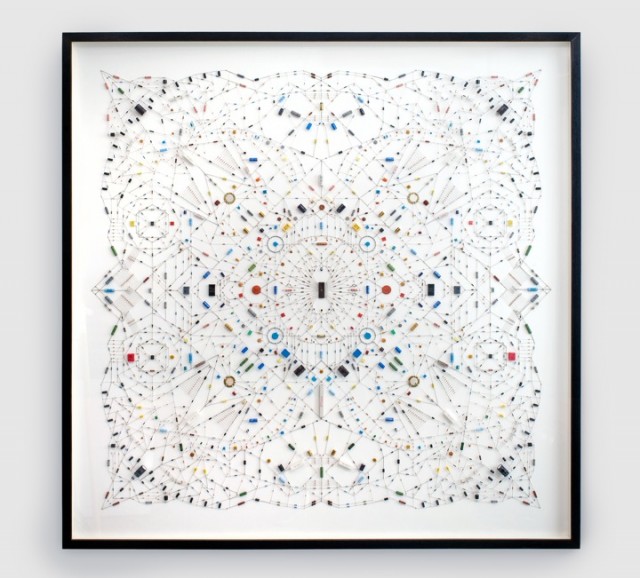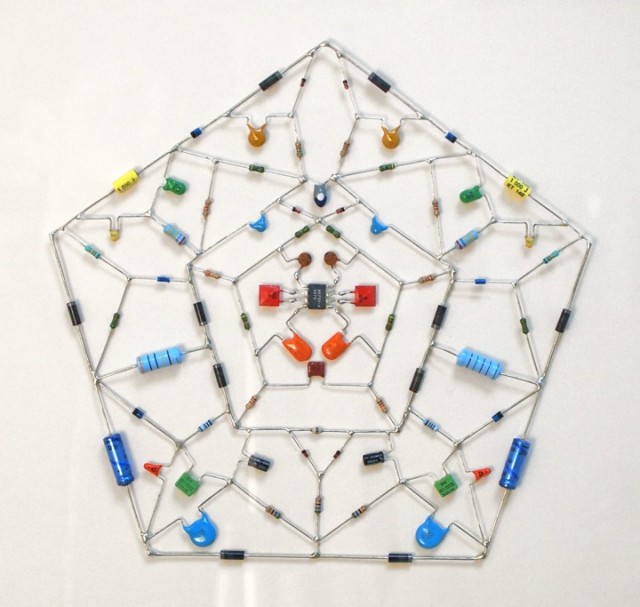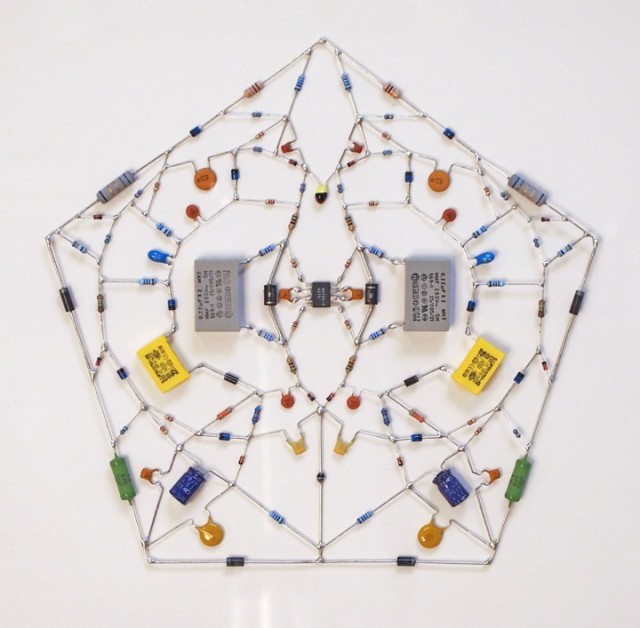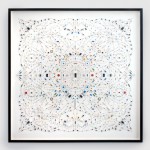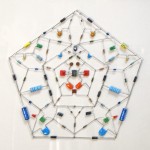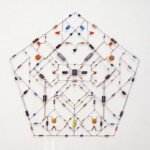Wal-Mart In A Battle To Redefine Its Brand
Posted in: UncategorizedWal-Mart want to clear some things up. Hence, the launch of a new PR-driven site, TheRealWalmart.com and new TV spots that began airing on Saturday during the Kentucky Derby.
According to The Wall Street Journal, the campaign is the company’s first purely image-based ad push in several years.
WSJ also reports that Wal-Mart’s “energized differentiation,” an advertising term for the direction a brand is going based on consumer interest, loyalty and momentum, dropped 50% between 2011 and 2012 among college-educated adults.
That’s what allegations of bribery, poor global sourcing practices and low wages brings.
Barbara Andridge, 38, who has been working at a Placerville, Calif., Wal-Mart for nearly eight years and makes $12.15 an hour. She said she had to drop its health plan this year because she couldn’t afford the $18 weekly cost.
“I don’t want to see ads,” she said. “I want to see Wal-Mart provide decent wages, affordable health care and enough hours to feed my children.”
The post Wal-Mart In A Battle To Redefine Its Brand appeared first on AdPulp.


